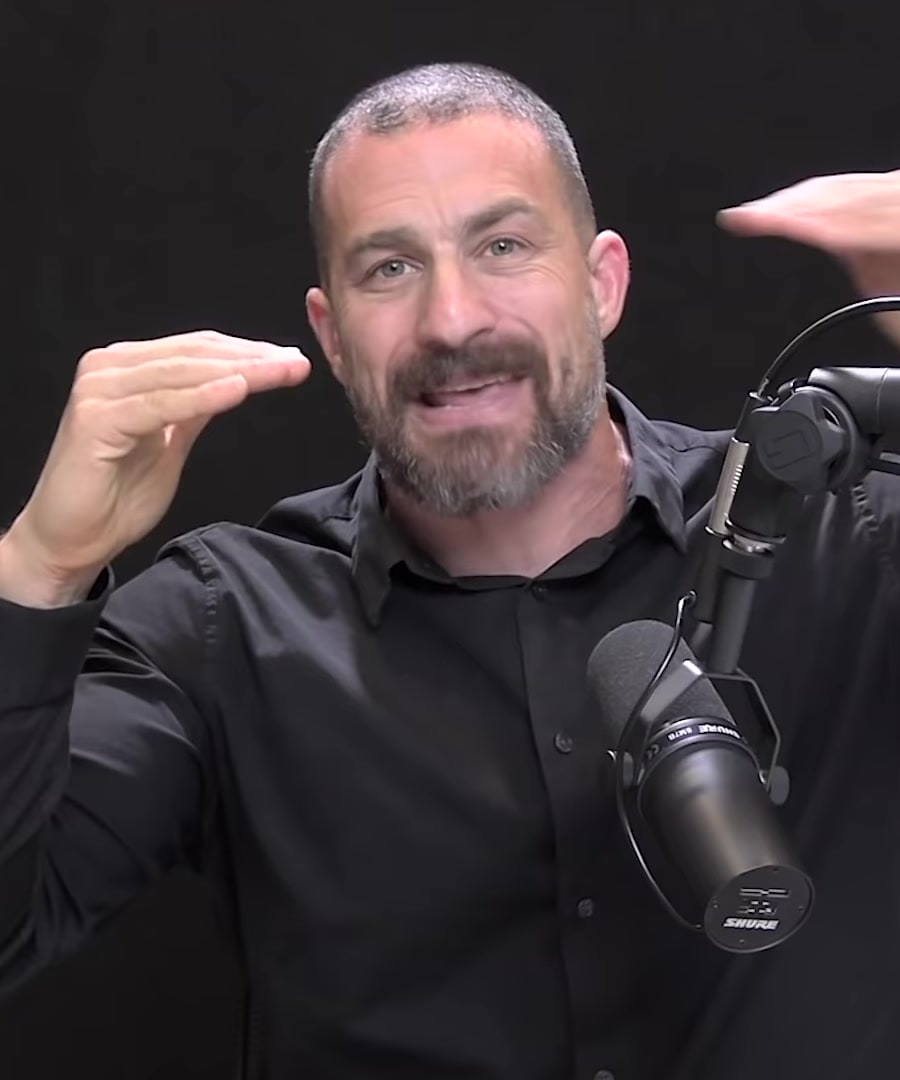How to break a habit?
Sources:
Breaking a habit involves understanding and manipulating the brain's wiring that supports habitual behaviors. Here are some methods and insights shared by :
-
Awareness and Cognitive Tools: Recognizing the cues and internal states leading up to a habit is crucial. This involves a cognitive approach where you learn about what triggers your habit, and employ strategies such as constraint behaviors to prevent habits at a subconscious level. For example, modifying your environment to avoid these triggers can be effective 1.
-
Neural Mechanisms: On a neurological level, breaking habits can be facilitated through a process called long-term depression, where the connections between neurons that support the habit are weakened. This occurs when neurons that are usually active together start firing out of sync 2 3.
-
Behavioral Strategies:
- Replacement behaviors: Immediately engaging in a positive behavior after performing a bad habit can help rewrite neural circuits. This creates a mismatch in the usual firing sequence of neurons involved in the habit, helping to dismantle the habitual pattern 4 5.
- Reward and Punishment: Simple rewards or punishments can be used to discourage a habit. An example includes using a mild physical deterrent like snapping a rubber band on your wrist when engaging in the unwanted habit 3.
-
Long-term strategies: Reminders and notifications, although useful in the short term, generally do not have long-term efficacy in breaking habits. More robust systems may be needed to maintain the discontinuation of a habit 6.
By combining these approaches, one can effectively intervene and potentially break unwanted habits by rewiring the brain's responses and altering environmental and cognitive triggers.
RELATED QUESTIONS-





